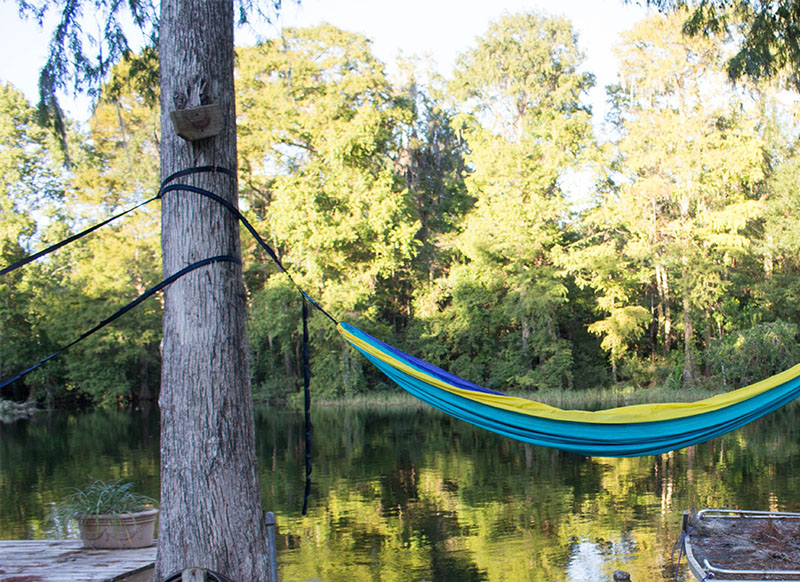Compassionate people ask for what they need. They say no when they need to, and when they say yes, they mean it. They’re compassionate because their boundaries keep them out of resentment.
Brené Brown
There’s no doubt about it:
It’s a strange time to be navigating social situations.
With another holiday weekend approaching, many of us are confronting new layers of complexity as we weigh the various risks and rewards of gathering with friends, family, neighbors, and coworkers.
Suddenly, that cookout isn’t just a cookout. That weekend at the cabin isn’t simply a weekend at the cabin anymore.
And while it can feel daunting to communicate our own boundaries without alienating the people we care about…
With a little practice, it’s possible.
Today we’re sharing 5 tips to practicing compassionate boundary-setting with the people in your life:
1. Acknowledge the stress.
No matter how easily you’ve communicated boundaries in the past, it’s important to acknowledge that this is a uniquely stressful time for boundary-setting. From uncertainty about the perspectives of those around us, to looming health and safety risks, to mounting loneliness and desire for connection, there’s a lot to consider. Before you rush to voice your limits to friends and family, it’s important to pause and cultivate some basic compassion, for yourself and for everyone else navigating the same “unprecedented” set of challenges.
2. Identify your needs.
Forget about what you think you “should” be feeling, and ask yourself honestly: What level of interaction am I comfortable with? Take a moment to visualize yourself in various social situations. Notice what feelings come up. Pay attention to what you’re experiencing in your body. Observe any fears or other thoughts that emerge as you’re picturing the scene. Then, ask yourself: What modifications might make this scene more comfortable for me? (For instance, maybe you’re uncomfortable gathering around a dinner table indoors, but you’re up for a social-distanced bonfire.) Write down your ideas, knowing you have the right to change them at any time.
3. Communicate clearly.
Once you’re clear on your own boundaries, it’s time to communicate them to the people around you. (If this kicks up some worry or discomfort, that’s totally normal… it’s hard to put our needs out there, especially when we’re not used to doing so!) It might help to practice a few times, so you’re clear on how you want to say it. Aim for short and to-the-point; no need to apologize or offer an explanation. Compassionate boundary-setting means you say what you mean and you end it with a period. Then next step? Asking to hear from the people around you…
4. Get curious.
How closely do your boundaries align with the comfort levels of your friends, family, neighbors, and coworkers? (If you’re not sure, ask!) Try to stay out of judgment and aim for curiosity instead: What are you hearing from the people in your life? Are there any surprises? Glaring gaps that you can problem-solve together? Areas of significant overlap, where you feel like you’re “on the same page”? It can feel challenging enough to set limits on our own, but compassionate boundary-setting is all about taking our perspectives out into the real world. Seeing how they interact with the boundaries of other members of our communities.
5. Be open to reassessing.
No matter how clearly-defined your limits might be, prepare for them to shift over time. Compassionate boundary-setting isn’t about chiseling decisions in stone; it’s about practicing self-awareness, clear communication, and constant flexibility in the face of changing circumstances.
Enjoy this post? You might also like:
7 emotional wellness lessons from MLK
3 ways to promote emotional wellness in schools
Looking for additional support as you practice compassionate boundary-setting?

